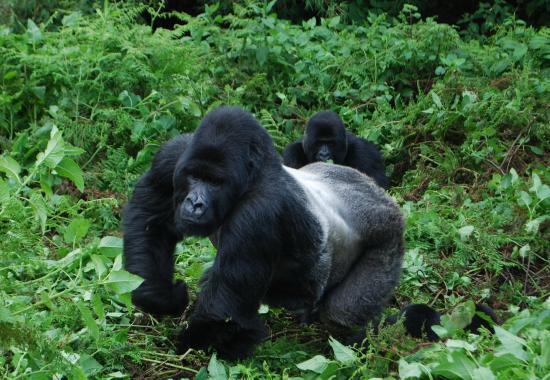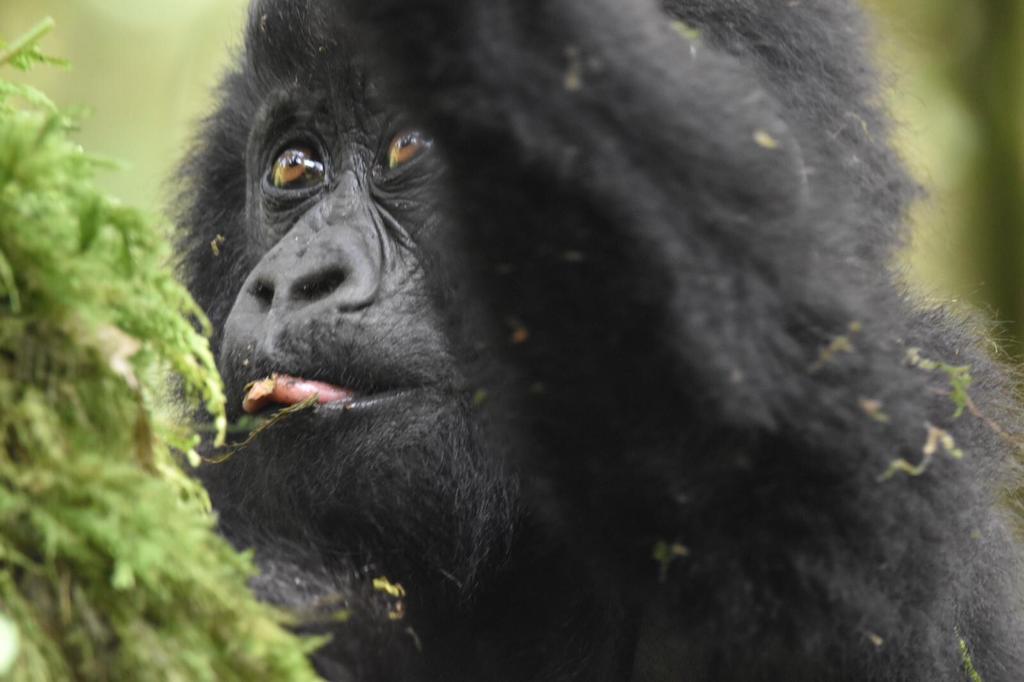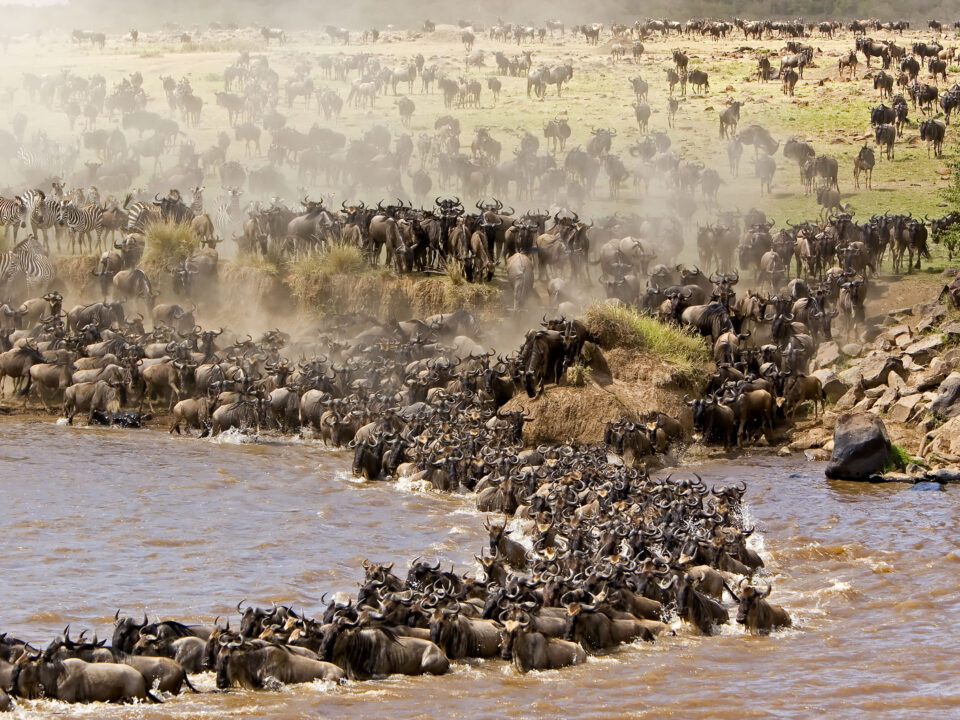- Home
- Ecotours
- Gorilla Safaris
- 01 Day Gorilla Trek – Mgahinga
- 1Day Rwanda Gorilla Trek
- 2 Days Rwanda Gorilla Safari
- 2 Day Bwindi Gorilla Safari
- 3 Days Rwanda Gorilla Trekking
- 3 Day Gorilla Trek Uganda
- 4 Days Double Gorilla Safari
- 4 Day Double Gorilla Uganda
- 4 Days Rwanda Chimpanzee Safari
- 4 Days Rwanda Gorilla Safari
- 5 Day Rwanda Gorilla Adventure
- 7 Day Rwanda Safari Holidays
- 7 Day Uganda Safari
- 8 Days Rwanda Uganda Gorilla
- 9 Days Visit Rwanda Gorillas
- 9 Days Panorama Rwanda
- Tours 2025/26
- Visit Rwanda
- Combo Safaris
- 3 Day Nyiragongo Hike Congo
- 3 Day Rwanda Gorilla & Nyiragongo Hike
- 4 Day Uganda Gorilla – Nyiragongo Hike
- 4 Day Congo Gorilla Trek – Nyiragongo
- 4 Days Rwanda Gorilla & Nyiragongo Hike
- 9 Day Rwanda Uganda + Kenya
- 7 Day Gorilla, Nyiragongo, Lowland Gorilla
- 7 Days Rwanda Gorilla Eco Tourism
- 9 Days Rwanda Uganda Gorilla Tracking
- 9 Days Kenya-Rwanda Gorilla Tour
- 10 Days Kenya-Rwanda Eco Tour
- 11 Days Tanzania-Eco Tours Rwanda
- 12 Day Uganda Rwanda Gorilla Tour
- Gorilla Trek Africa – 13 Days
- Cul Tours
- Lodges
- Rwanda Eco Lodges
- Kwitonda Lodge & Kataza House
- One & Only Gorilla’s Nest Lodge
- One & Only Nyungwe House
- Wilderness Bisate Lodge
- Wilderness Magashi Camp
- Virunga Lodge
- Wilderness Sabyinyo Lodge
- Nyungwe Forest Lodge
- Ruzizi Tented Lodge
- Five Volcanoes Boutique Hotel
- Mountain Gorilla View Lodge
- Le Bambou Gorilla Lodge
- Lapalme Hotel
- Muhabura Hotel
- Congo Eco Lodges
- MICE
- Rwanda Eco Lodges
- Contact Us
- About
- Parks
- Travel
Gorilla Safaris in Uganda Vs. Rwanda

Walking with Gorillas on Rwanda Uganda Safari
August 7, 2023
Scheduled Gorilla Wildlife Safaris in Uganda
November 24, 2023The decision to go gorilla trekking in Rwanda or Uganda usually rests on factors like cost and accessibility. You also want to consider what else you’ll do on your trip to the country, as the cost and effort of a gorilla safari trek means you’ll likely only be seeing gorillas on two day.
The mountain gorillas that visitors trek to see are those that have become habituated to the presence of humans. The process of habituating them to humans takes about two years. But even though they become used to the presence of humans, there are still strict rules in place to ensure we interfere as little as possible with their habitat and way of life.
Standing just a few feet from these gentle giants in their forest habitat and seeing them munch on fruit and plants, play with or groom one another, and idly look at the curious bipeds looking at them – these are magical moments that stay with you for a lifetime.
Rwanda mountain gorillas are in the Virunga ranges with mainly bamboo as the main vegetation while in Uganda these mountain gorillas are in a rain forest with varieties of trees and plants. The chances of seeing gorillas in Uganda and Rwanda are 99% so whichever country you visit you will be able to see these great endangered apes in their natural environment. It is however believed that Rwanda gorillas are easy to see because of the vegetation but this is in the mind set of people gorilla tracking in Uganda and Rwanda is a well-organized activity the trek is always great no matter which country you trek in. volcanoes’ vegetation makes it easy to take clear photographs compared to Bwindi given gorillas in here are found in the thick forest.
Price difference of the gorilla trekking permit. The gorilla permit in Uganda costs USD700 per person per trek compared to Rwanda which is USD1500 both charges giving you a one-hour encounter with the endangered mountain gorillas in Bwindi Forest National Park and Volcanoes National Park respectively.
Gorilla tracking is done only in Bwindi Impenetrable Forest National Park and Mgahinga Gorilla National Park in Uganda so this gives you the opportunity to choose from the two destinations in Uganda while there is only one destination in Rwanda leaving you with no choice apart from Volcanoes National Park in Rwanda.
Volcanoes National Park is a 2-3 hours’ drive from Kigali compared to 8-9 hours from Entebbe to Bwindi. People used to avoid gorilla trekking in Uganda because of this long drive but now we arrange tours to Bwindi via Kigali which then becomes 4-5 hours’ drive only with this is why you should now choose to book gorilla trekking in Uganda so that you save off by paying USD700 compared to USD1500 helping you save USD800.
Both National Parks have Budget, Mid-Range and Upmarket Lodges where you could choose to stay during your trek. Volcanoes National Park is the best place for gorilla trekking for those interested in staying in super luxury lodges on international standards compared to Bwindi. These lodges offer great and luxury services some are ranked among the best in Africa and the country at large for example Bisate Lodge and Singita Kwitonda Lodge in Volcanoes National Park. However, for those looking for much budget lodges then Bwindi is best option for you given the fact there are many options to choose from where to stay ranging from $30 to $100 as per your booked package.
Bwindi Impenetrable Forest National Park has more gorilla families open for trekking than Volcanoes National Park. Bwindi has 16 habituated gorilla family groups this means 128 Gorilla permits are available every day for gorilla trekking in Bwindi. Volcanoes National Park has 12 Gorilla families hence 96 Gorilla permits are available each day for gorilla trekking in Volcanoes National Park. This makes it more flexible to get gorilla trekking permits in Bwindi compared to Volcanoes National Park especially during the peak season months.
Gorilla trekking in Bwindi also gives you an option to spend more time with the mountain gorillas through Gorilla habituation experience which is only done in Bwindi Forest, a gorilla habituation permit costs $1500 per person giving you an opportunity to spend 4 hours encounter with the semi habituated mountain gorillas under the guidance of trackers and researchers as opposed to one hour for the normal trekking. However, both Volcanoes National Park and Bwindi Impenetrable National Park have mountain gorillas and there is no big difference when it comes to the experience obtained at the end of your trek. Chances of seeing gorillas in Volcanoes National Park and Bwindi Impenetrable National Park are 98% so which ever park you visit you will be able to see these great apes in their natural environment.
It is much cheaper to see gorillas in Bwindi Impenetrable Forest National Park than in Volcanoes National Park. This issue of price difference is basically out of policy difference between these two countries Uganda and Rwanda. Rwanda wants to promote itself as a luxury destination while Uganda wants to market itself as an affordable destination.
The experience and duration spent with gorillas is still the same? In fact, one would rather book Uganda’s gorilla habituation experience at the same price of USD1500 and spend up to four hours with mountain gorillas than splashing 1500 in Rwanda’s Volcanoes National Park for just one hour.
The issue of walking longer or, short distance depends on the given gorilla family allocated to you on the day of trekking at of the national parks. In both Volcanoes, National Park and Bwindi impenetrable National Park gorilla families are allocated depending on the interest and physical fitness of a given individual. If for example, you want a shorter gorilla trek, you will have to inform the park authorities on the very day of trekking so that you are allocated, such family.
If you want a medium or longer trek, then you do the same. It should be noted that while they will try to give you a family that requires shorter walks, the behaviour of gorillas might affect the experience if for example gorillas decide to move further as you look for them you will need to move a longer distance still.


